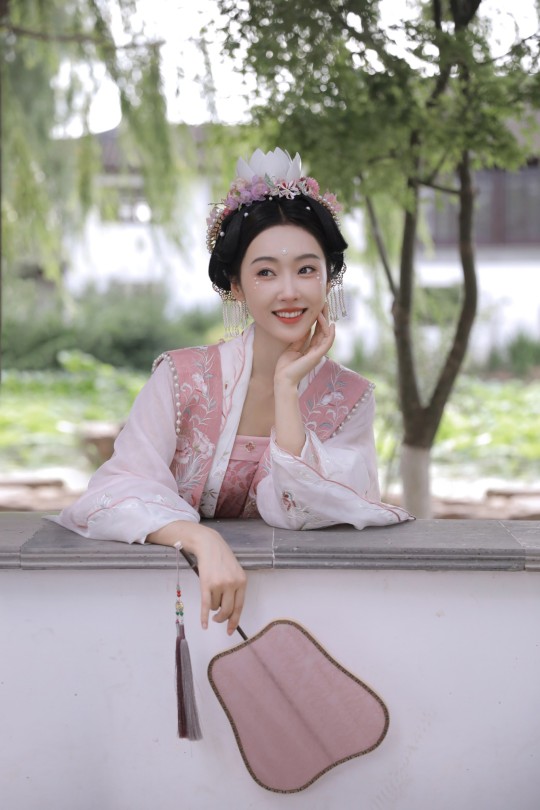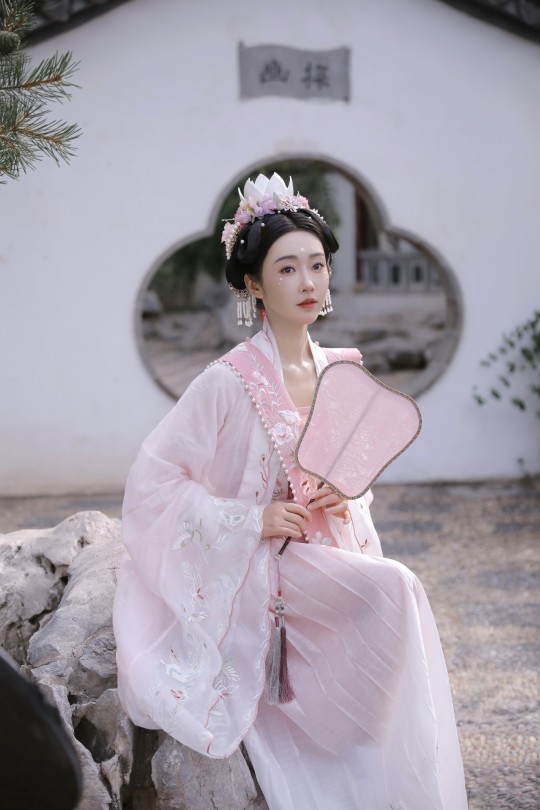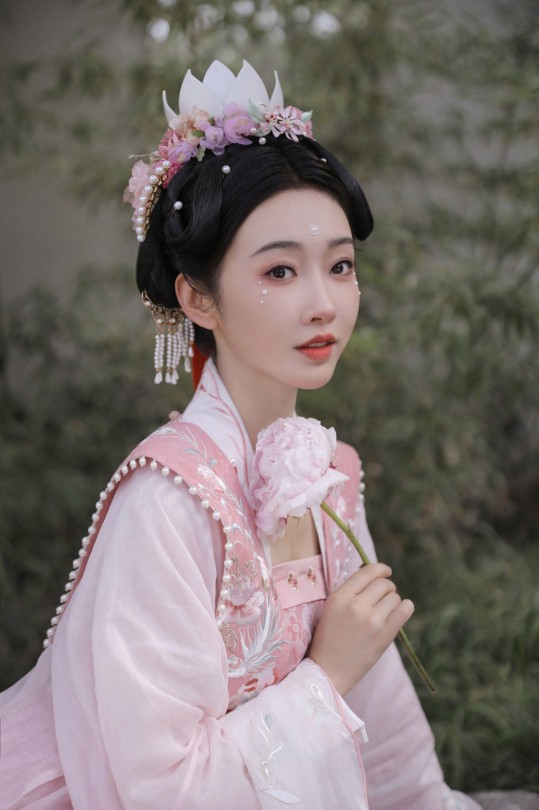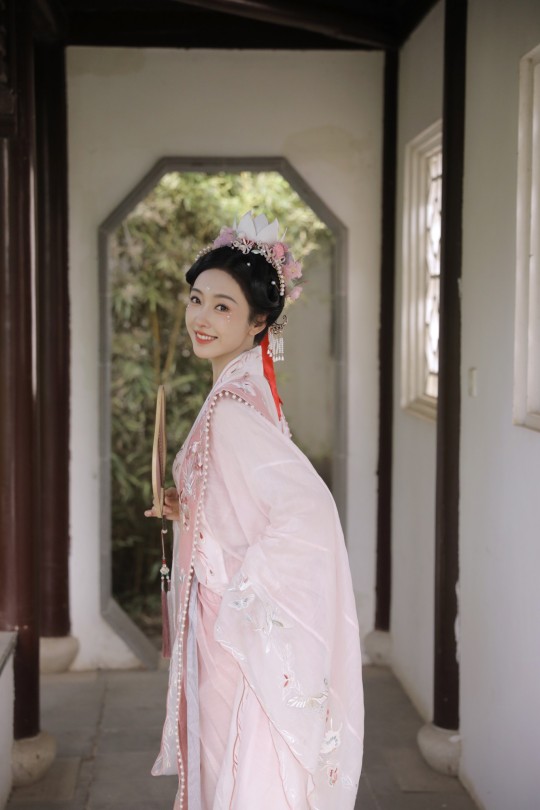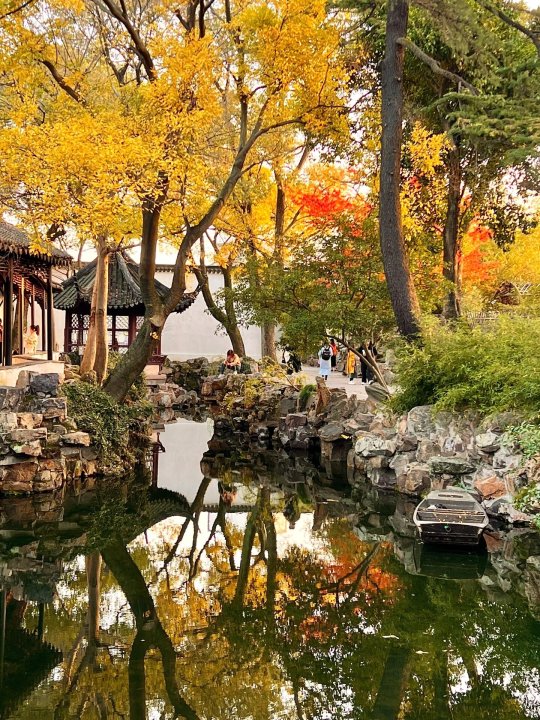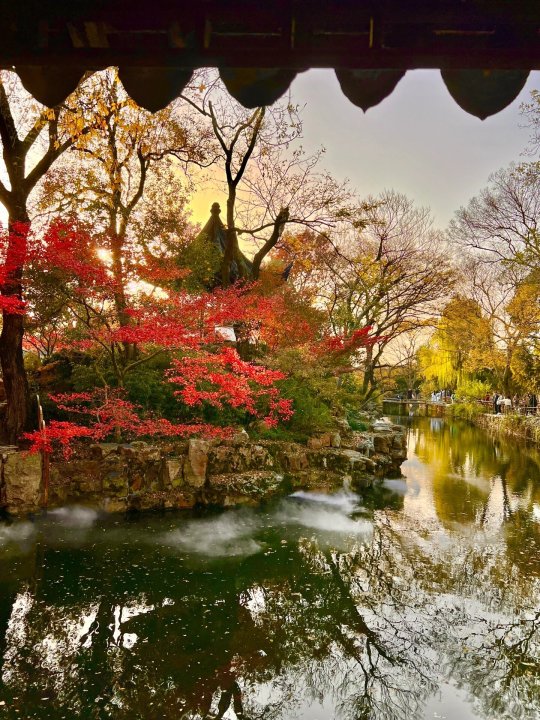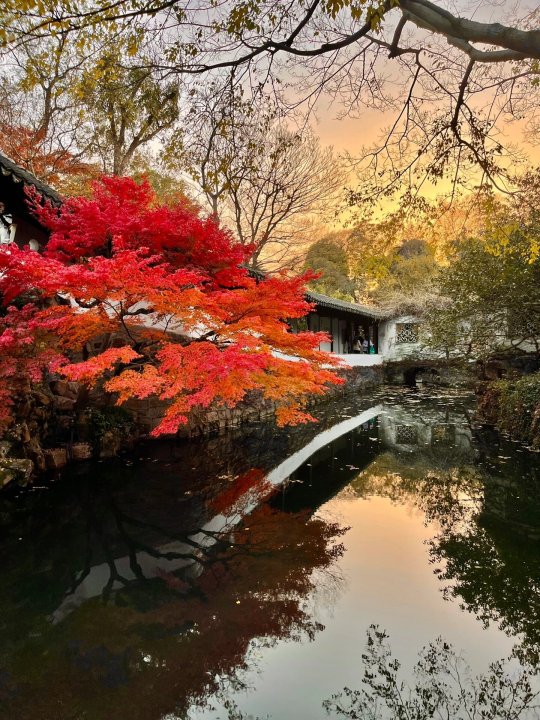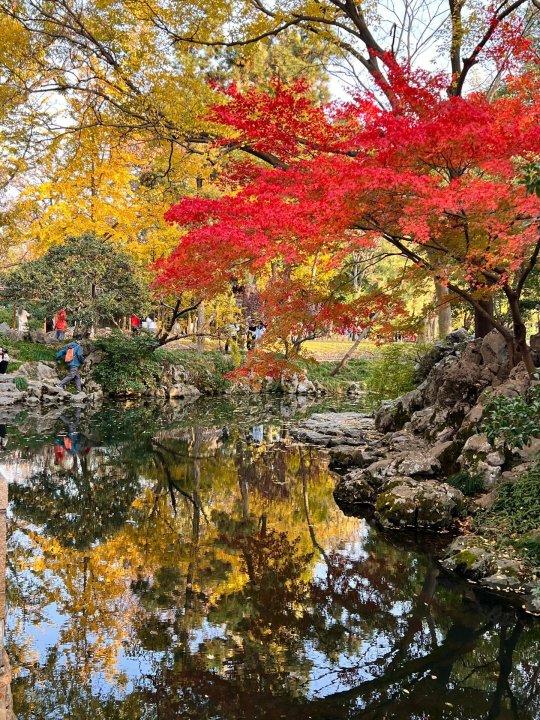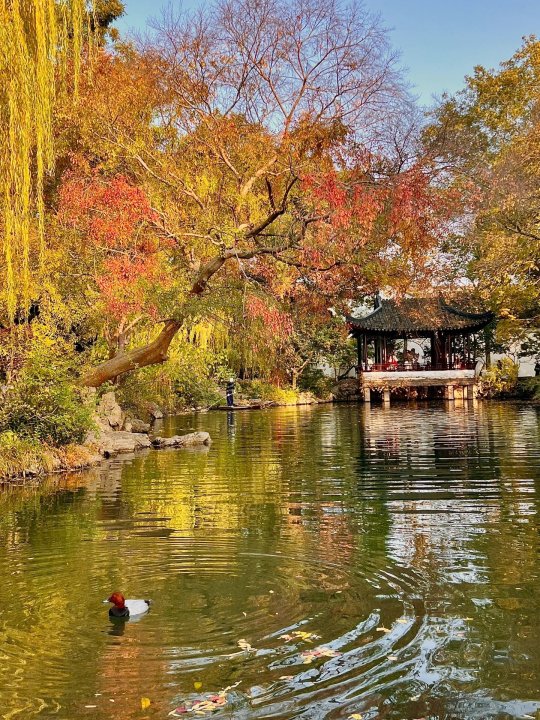Yasha | #mdzs #tgcf #wordofhonor https://twitter.com/yashawang
Don't wanna be here? Send us removal request.
Photo










willows in spring in suzhou, shajiabin沙家滨 by 枫红叶落999
3K notes
·
View notes
Note
Hi, weird question but i noticed that a lot of buddhist-themed hanfu don't really seem to resemble 'normal' hanfu? Like for example, chinese depictions of feitian (apsaras) often show them in pants and bandeaus that show indian influences. Is that still considered hanfu, or is there a different chinese term for that kind of clothing?
Hi! Thanks for the question! No it is not a weird question.
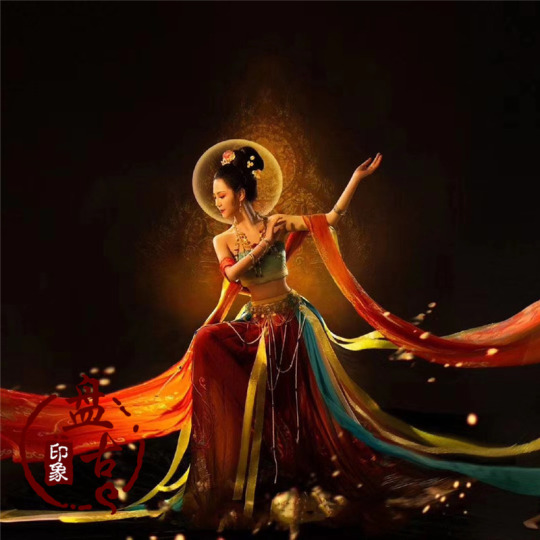
“Feitian” like above are often based on the aesthetic of Dunhuang murals.
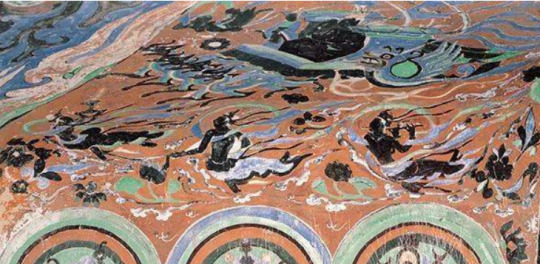
隋 莫高窟401窟 北壁龛顶 Feitian mural from Sui dynasty
I wouldn’t consider them hanfu. It could be called 影楼/Yǐnglóu (”photography studio”) because they only existed in studio shots, but 影楼 have a derogatory sense among hanfu wearers… Perhaps 古装/Gǔzhuāng (”ancient costume”) or 表演服/Biǎoyǎn fú (”performance clothing”) as dancers also wear something like this. Sometimes I saw the word 神仙装Shénxiān zhuāng (”costumes of the immortals”) was used.
Hanfu inspired by feitian usually consists of U-shape collar half-sleeve set (complete with pibo) such as the one below by 裳宫语汉服店.

(反弹琵琶 Playing pipa behind one’s back is a must have pose.)
Additional reading:
敦煌壁画中"飞天"到底是何方神圣? This is a post in Chinese that introduced different depictions of feitian from Sui Dynasty to Yuan Dynasty.
Ziseviolet’s feitian tag
293 notes
·
View notes
Note
What exactly does Dunhuang style mean?
Hi, thanks for the question! (x)
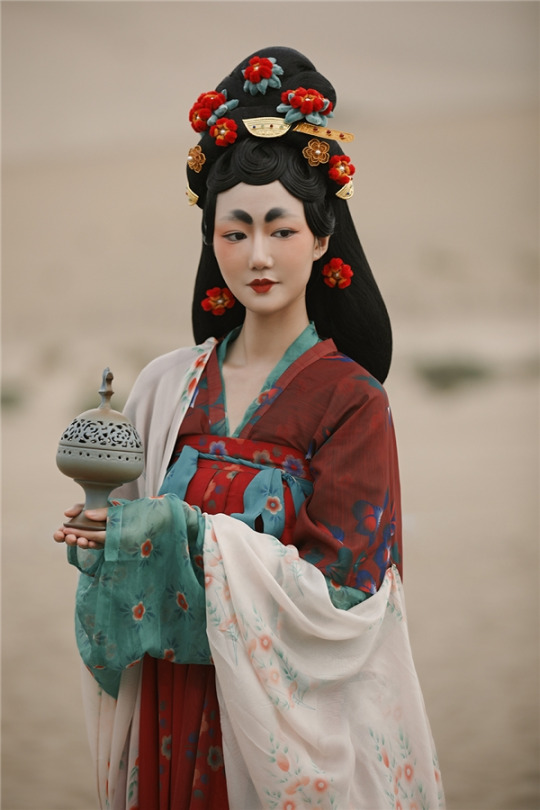
Dunhuang/敦煌 style refers to the art, fashion, and culture depicted in the Dunhuang Murals/敦煌壁画 of China, which are located in the Mogao Caves in Dunhuang, Gansu Province. From the 4th to 14th century, the caves were constructed by Buddhist monks to serve as shrines with funds from donors. These caves were elaborately painted, the cave paintings and architecture serving as aids to meditation, visual representations of the quest for enlightenment, and teaching tools for Buddhist beliefs and stories. The major caves were sponsored by patrons such as important clergy, local ruling elite, foreign dignitaries, as well as Chinese emperors (x). Below - painting from the Dunhuang Murals (x):

Dunhuang-style (敦煌风) hanfu refers to hanfu that is recreated from, based on, and/or inspired by the Dunhuang Murals. Inspiration is typically derived from two types of figures depicted in the paintings: cave patrons/donors & Feitian (apsaras).
The Dunhuang Murals depict many patrons & donors of the caves, people of high standing in society dressed in elaborate garments. You can see many hanfu recreations of the patrons in my dunhuang tag. The photo at the top of this post is a recreation of a patron. Additional examples below (1, 2, 3, 4):
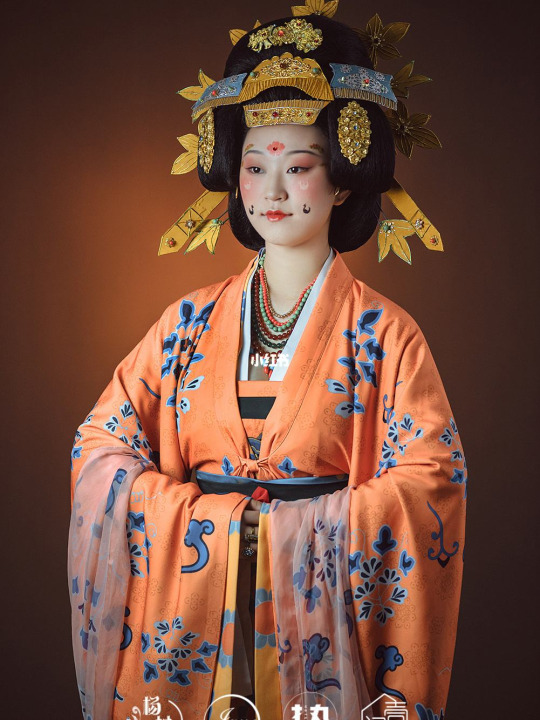
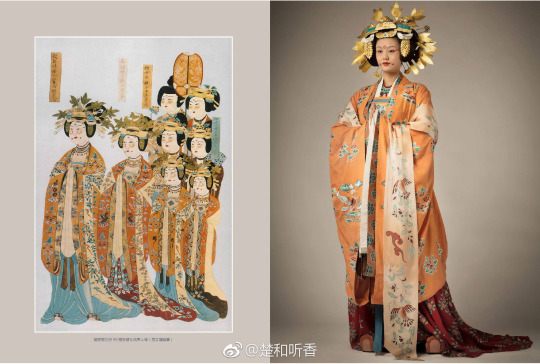
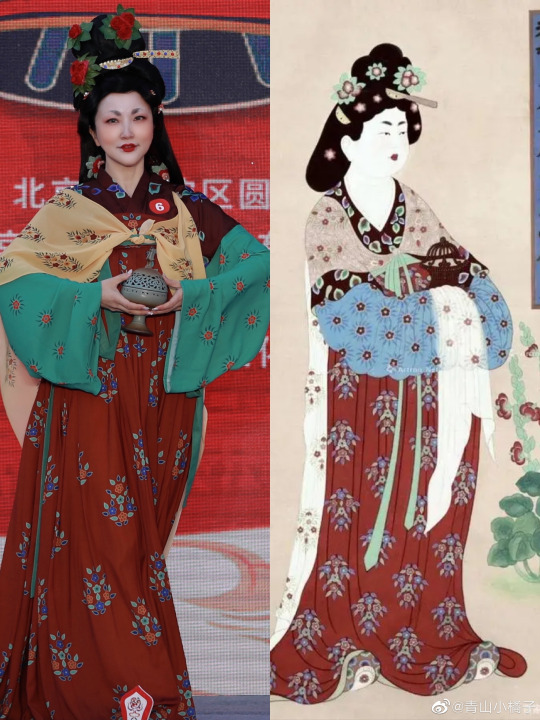
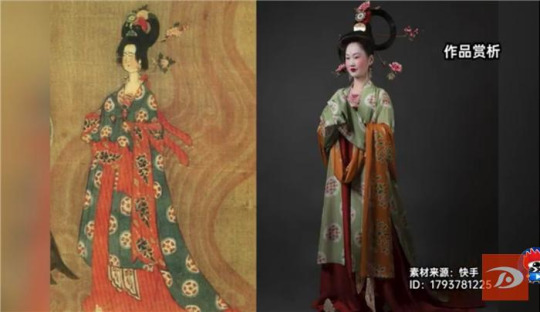
The second major source of inspiration for Dunhuang-style hanfu is Feitian/飞天. Feitian is the Chinese word for apsara, which are beautiful flying celestials in Buddhism, skilled in music and dance. It is estimated that there are more than 4,500 flying apsaras painted in the 270 plus Mogao Caves. Below - depictions of Feitian in Dunhuang Murals (x):
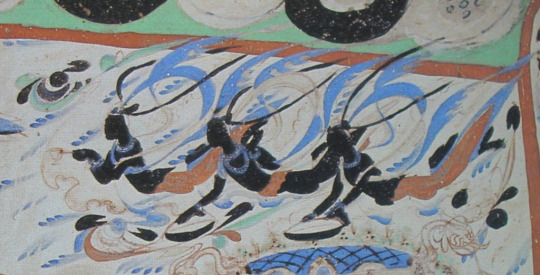
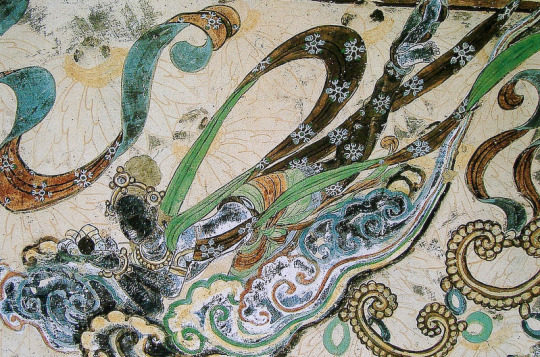
The Feitian in the paintings aren’t depicted wearing historical Chinese hanfu, but rather non-realistic fantastical garments common in Buddhist art. Thus, Feitian-style hanfu is not, strictly speaking, recreating the clothing of Feitian, but rather imitating it using hanfu garments. Feitian-style hanfu typically consists of u-collar, half-sleeve, Tang dynasty-style sets. Below - hanfu based on the Feitian aesthetic (1, 2):

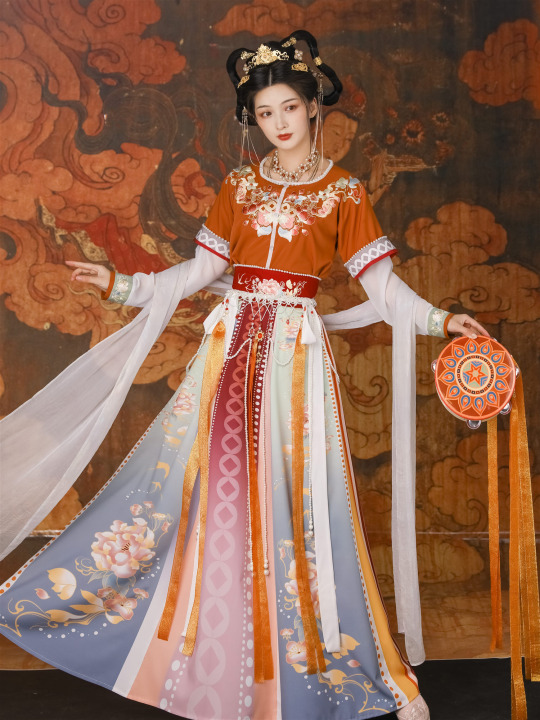
This particular hanfu outfit below has been tucked & draped in a non-traditional way to resemble Feitian clothing (x):
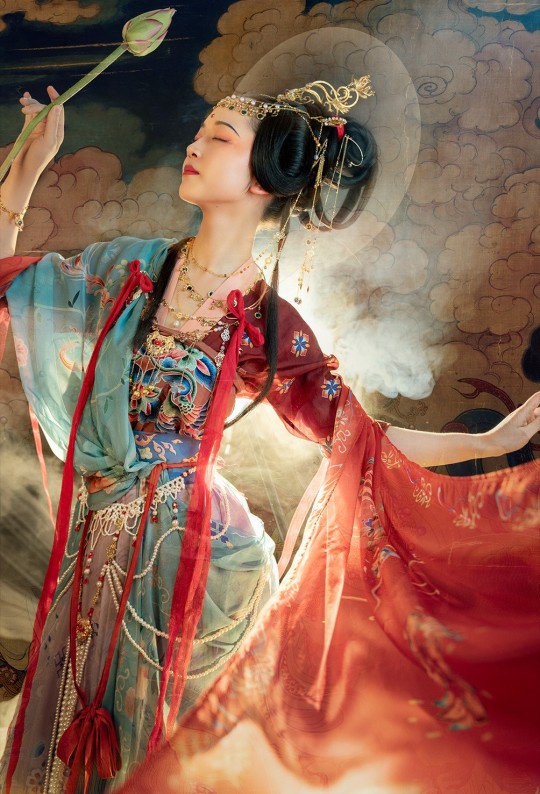
Now there is also a relatively new trend of recreating Feitian costumes closer to how they are depicted in the Murals. These costumes typically consist of items like bandeaus, pants, and scarves that are influenced by Indian clothing (which makes sense since Buddhism and apsaras came to China from India). Recently, it has become popular to have Feitian-themed photoshoots wearing such costumes. Below - examples of Feitian costumes (1, 2, 3):
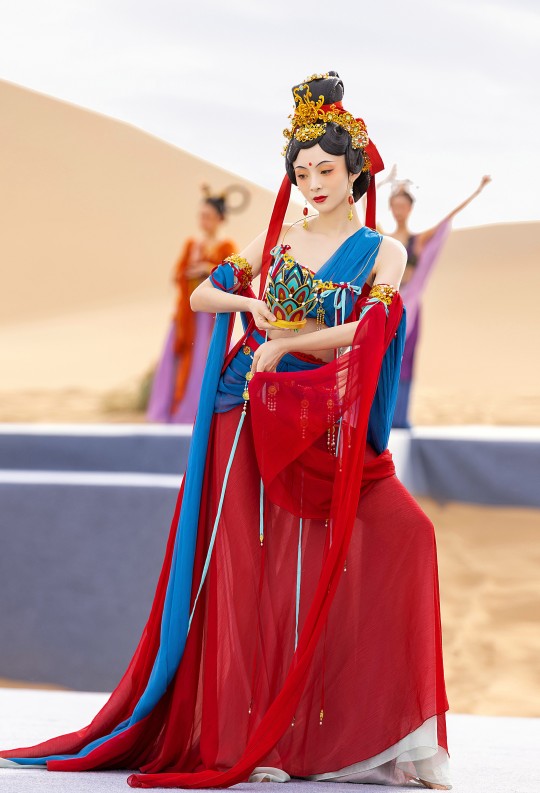
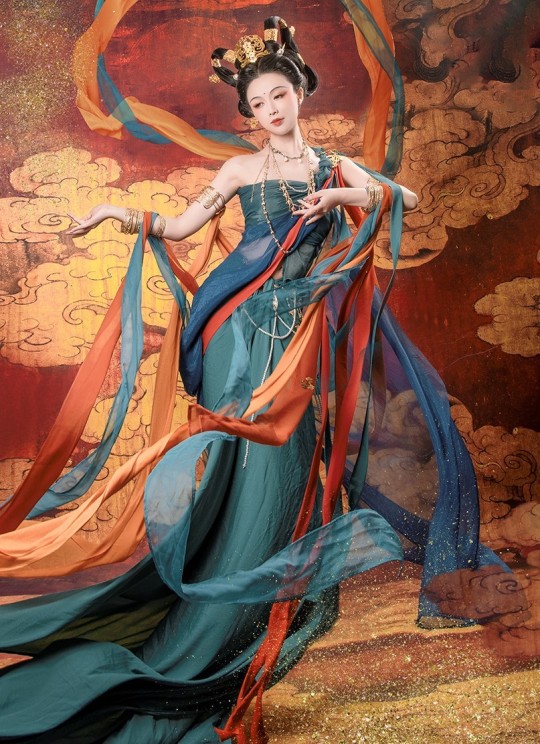

Note that Dunhuang-style Feitian costumes are not considered hanfu. They are in their own separate category, and are typically referred to as “Dunhuang Feitian Costume” (敦煌飞天服), or just “Feitian Costume” for short. They are usually only worn for dance, performances, or photoshoots. Nonetheless, like hanfu, they are a part of the broader trend of interest in historical & traditional fashion in China. Below - Left: Feitian-style hanfu, Right: Feitian costume (x):
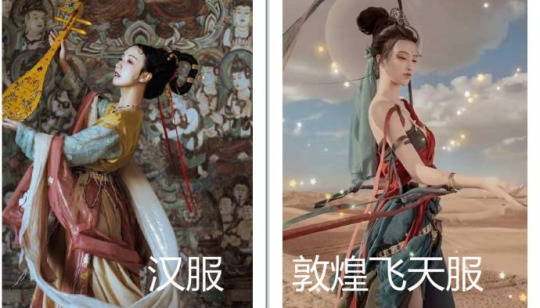
For more information and visual references, please check out my Dunhuang & Feitian tags, as well as the following posts:
@fouryearsofshades has two informative posts on Dunhuang/Feitian-style clothing here & here.
@siumerghe has a detailed post on the Dunhuang Murals here, as well as several posts on recreations of patrons’ clothing: 1, 2, 3, 4.
Hope this helps!
5K notes
·
View notes
Note
Hi there, I am wondering what the difference between pifeng and daxiushan is please? structurally it looks so similar? And what fabric is usually used to make pifeng? Thank yoU!
Hi,
Thanks for the questions.
The most visible difference between pifeng and daxiushan is the collar. Pifeng have a half-collar (only reaching somewhere around the bottom of the chest) while daxiushan have a full-collar (as long as the clothing).
Pifeng are usually fasten with metallic buttons while daxiushan usually worn without any fastening (or with a pair of ties made with the same fabric as the main body of daxiushan).
Pifeng goes with other Ming-style pieces while Daxiushan goes with Tang-style pieces.
Pifeng usually are made with stiffer fabric than daxiushan to have a more structured shape. (I did see pifeng made with translucent and soft fabric, but that was eight years ago.) The choice of fabric depends on the weather. In the winter there are pifeng made with wool and some even comes with down lining, while in the summer there are silk pifeng.
Pifeng is strictly casual wear. Daxiushan is generally casual, but it could be styled into something more formal.
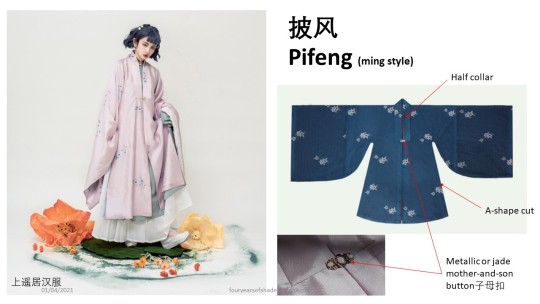
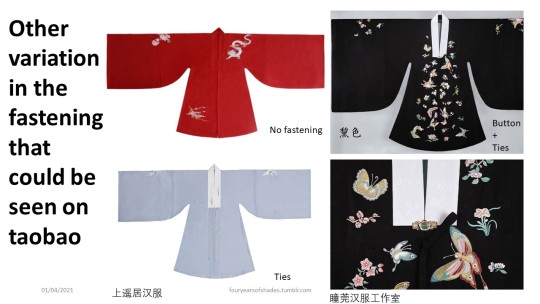
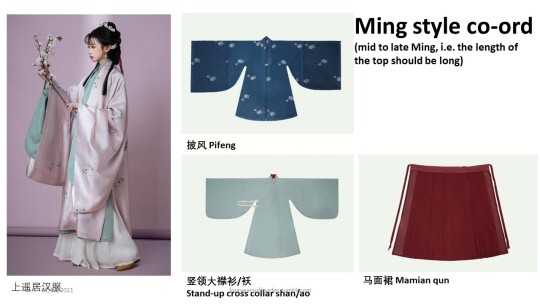
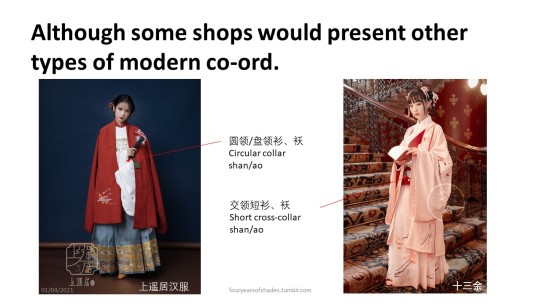
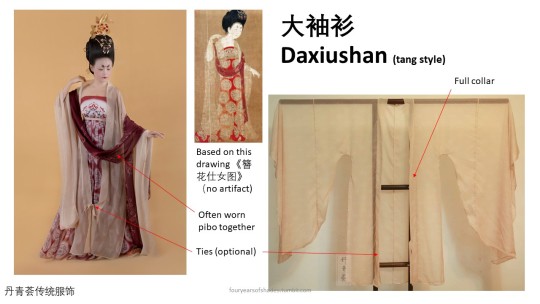
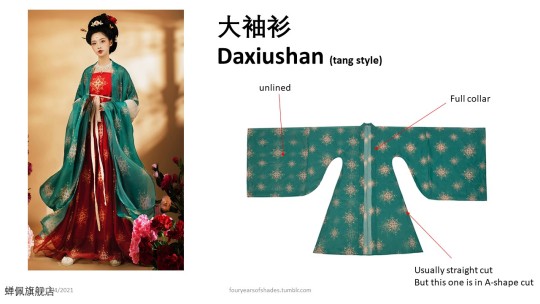
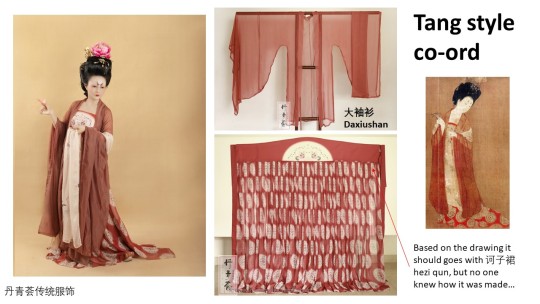
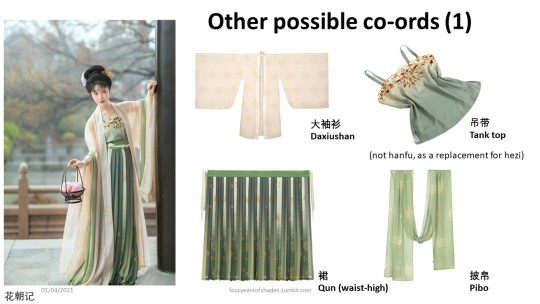
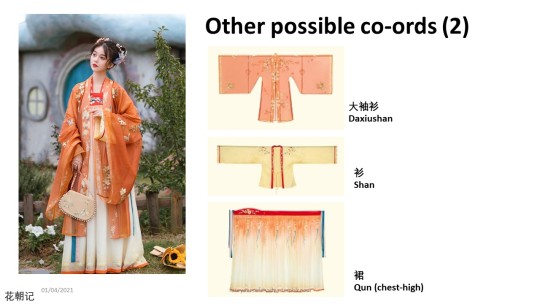
There also are Song-style daxiushan, which the back of the clothing is usually longer than the front. It was an inheritance from late-Tang/post-Tang style daxiushan, which also styled in this way. (The drawing below is part of a hanging scroll of a bodhisattva (Avalokiteśvara or Kṣitigarbha) leading an elegant lady 晚唐五代引路菩萨绢画 excavated from Dunhuang no. 98 敦煌藏经洞 98窟 . I saw it in the British Museum but I could not find it in the online collection).
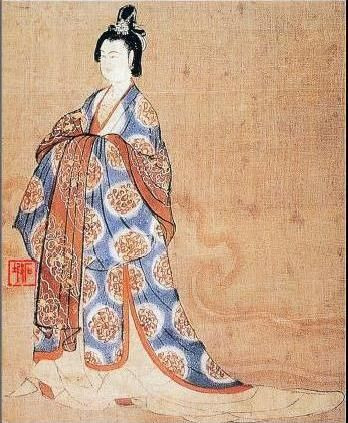
Song-style daxiushan could be styled into formal wear.
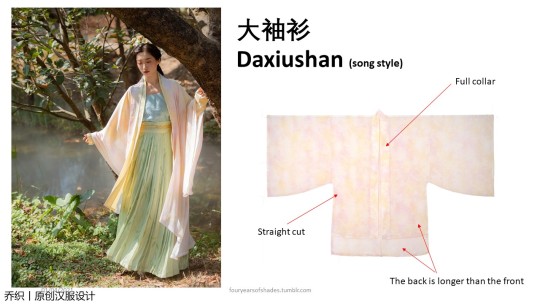
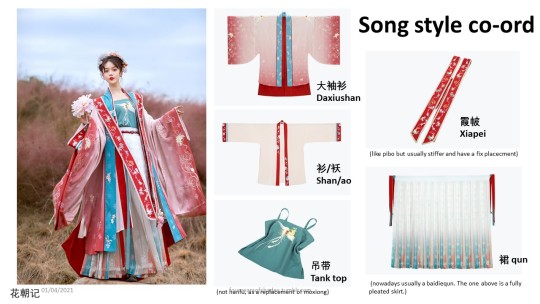
Other related posts:
Differences between daxiushan and beizi
Differences between daxiushan, beizi, and dachang
307 notes
·
View notes
Note
Hello! Do you happen to have a master post of all of your asks/posts anywhere? Just to help me navigate! ^^
Hi, thanks for the question! (Image via duitang)
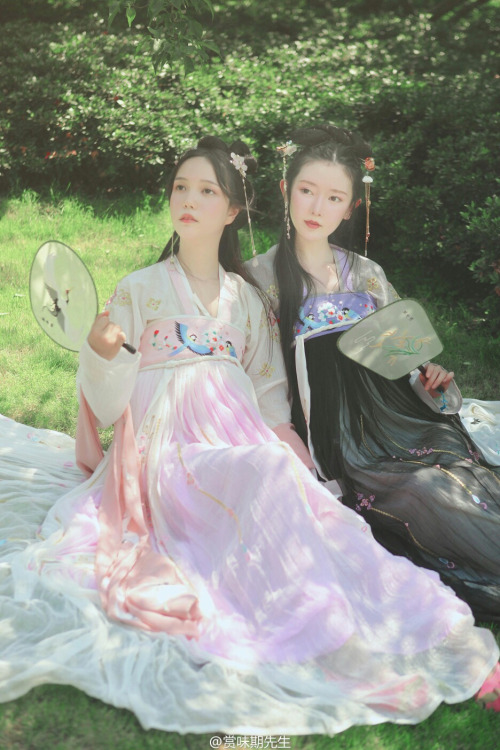
For all my own posts, please see my China tag (that’s the tag I use for my original posts).For navigation via tags, my Tags page has links to common & useful tags on my blog. I’ll be updating the Tags page and this Masterpost as needed ^^.
Ziseviolet’s Replies Masterpost, Part 1 (Part 2):
Hanfu Terms:
What is Hanfu?
Guide to the different types of Hanfu
Hanfu names
Difference between Hanfu & Huafu
My favorite Hanfu style - Part 2
Top 10 most popular Hanfu styles of 2018
Unisex Hanfu
Formal Hanfu
Difference between Ru & Shan
Banbi (half-sleeve jacket)
Bijia (sleeveless jacket)
Zhaojia (men’s Bijia)
Difference between Bijia & Banbi
Daxiushan (large-sleeve robe) - Pt 2
Difference b/w Beizi/Daxiushan/Dachang
Yuanlingpao (round-collar robe) - Pt 2 / 3
Difference b/w Tang & Ming Yuanlingpao
Hezi (chest undergarment accessory)
Weichang (short outer skirt)
Doupeng (cloak/cape)
Parallel/straight collars
U-collars (Tanling)
Aoqun & Pipa Xiu (pipa sleeves)
Jian Xiu (arrow sleeves)
Winter Hanfu - Part 1, Part 2
Casual/adventurer type Hanfu (Shuhe)
Hanfu sleepwear
Mourning Hanfu (Sangfu)
Burial Hanfu (Shouyi)
Waist-high Ruqun from Wei/Jin dynasties
Identifying Hanfu in a photoset
Chinese armor
What does Dunhuang style mean?
Hanfu History:
Did Hanfu exist after the Han dynasty
Comparison/charts of Hanfu from different dynasties
“Left-over-right” rule of crossed-collar Hanfu - Pt 2, Pt 3
Children’s Hanfu - Part 1, Part 2
What type of Hanfu would old women wear
Hanfu for empress/noblewoman
What type of Hanfu did maids wear
Commoner’s Hanfu - Part 2
Poor people’s Hanfu
Hanfu and cleavage - Part 2
Qin dynasty Hanfu
Han dynasty Ruqun & footwear
Three Kingdoms period Hanfu
Northern & Southern dynasties Hanfu
What Mulan would’ve worn
Tang dynasty emperor’s Hanfu
Hanfu robes with just one shoulder
Was Daxiushan restricted to royal ladies
What Hanfu did people wear in winter
Song dynasty Hanfu styles
Ming dynasty skirts
Ming dynasty summer Hanfu
Yuan/Qing dynasty Hanfu - Part 1, Part 2
Symbolism of Orange-Red and Turquoise color combination
Differences b/w contemporary & historical Hanfu
How Han women managed periods/menstrual belts
How women used toilets while wearing Hanfu
Books & magazines on Hanfu - Pt 2, Pt 3
Wedding Hanfu:
What are the colors of wedding Hanfu?
Wedding Hanfu recs
Pictures of wedding Hanfu
Wedding Hanfu accessories
Manchurian vs Han wedding attire
Why couples both wear red even when it’s not the traditional color for certain styles
Modified Hanfu, Hanyuansu, Mix & Match:
Incorporating Hanfu styles in a modern way
Combining Hanfu & modern styles
Modified Hanfu shops recs - Pt 2
Men’s modified Hanfu shops recs
Websites that sell modified Hanfu
Where to buy modified Hanfu
Modified Hanfu shops in the West
Identifying Chi Xia’s modified Hanfu
The term “modernized Hanfu”
Hanfu Accessories:
Pibo (long scarf)
Tuanshan (rigid fan) - Pt 1, Pt 2, Pt 3, Pt 4
Difference b/w Tuanshan & Folding fan
Jinbu (waist ornament) - Part 2
Hebao (purse) - Part 2
My tag for Chinese hats/headgear
Weimao (veiled hat) - Part 1, Part 2
Weimao (veiled hat) Taobao Recs
Tiger hats
Douli (conical hat)
Yingluo & Xiangquan (necklaces) - Pt 2
Traditional Chinese earrings
Meaning & History of Jade
Bangshoudai (hand wraps) & Huwan (wrist guards) - Pt 1, Pt 2, Pt 3, Pt 4
Panbo (strings to tie up sleeves)
Miansha & Mianlian (Veils) - Part 2
Nail guards - Part 2
Hanfu Shoes
Hanfu boots (xue)
Hu Ban (ritual tablet)
Eyemasks & Masks
Hanfu Hair Accessories:
Names of Chinese hair ornaments
Shop recs for hair accessories
Hanfu hair accessories
Fabric flower hairpins for Hanfu
Ronghua (velvet flowers) - buy & make
Hair accessories for fine hair
Phoenix crowns (Fengguan)
Lotus crowns
Miao silver hair accessories - Pt 1, Pt 2
Huasheng (forehead ornament)
Hairpin styling question
Fasheng (hair rope) & fakou (hair buckle)
My tag for Chinese hats/headgear
Jewelry boxes for hair accessories
Hanfu Hairstyles:
Hanfu hairstyle tutorials
Traditional hairstyles
My favorite hairstyle
Pre coming-of-age ceremony hairstyles for Han girls
Double bun hairstyles
Looped hairstyles in “The Empress of China”
Tang dynasty pinned peony hairstyle
Ming dynasty hairstyles
Dynasty with long loose hairstyle
Did ancient Chinese people have bangs
Half-up half-down hairstyles - Part 2
Short hair and Hanfu
Simple hairstyles for shoulder-length hair
Makeup:
Huadian (forehead decoration) - Pt 1, Pt 2, Pt 3, Pt 4, Pt 5
Did men wear Huadian
Traditional Chinese makeup ingredients
Tang dynasty lip makeup
What makeup is used to replicate traditional makeup styles
Men’s Hanfu:
Hanfu styles for men
Men’s formal Hanfu
Types of men’s Hanfu
Resources for men’s historical hanfu styles
Pictures of men’s Hanfu
Dachang (open-fronted robe)
Zhiduo vs Daopao
Yesa/Yisan vs Tieli
Yichang vs Yesa/Yisan
Men’s Hanfu blog recs
Men’s Headwear/Hairstyles:
Historical hairstyles for men
Did men wear ponytails
Men’s hair accessories
Where to buy Xiao Guan
Men’s hairstyles & Guan
Guan (headdress) - Part 1, Part 2, Part 3, Part 4
Guan & Mianguan
How bald men put up hair with a Guan
Fangjin (four-cornered flat cap)
Hanfu Undergarments:
Hanfu undergarments guide - Pt 2, Pt 3
Children’s Hanfu undergarments
Hanfu petticoats - Part 1, Part 2
Emperor’s undergarment for Mianfu
Dudou (chest undergarment)
Lower body Neiyi (underwear)
Zhongyi & Neiyi
Wearing Hanfu:
Tutorials on wearing Hanfu
How to put together a Hanfu outfit
Mixing hanfu from different dynasties
Plus-sized Hanfu - Part 1, Part 2
Girl wearing men’s Hanfu
Wearing Hanfu made for a gender you are not part of
Chest-high Ruqun for big-chested figures
Chest-high Ruqun skirt slippage
Is Hanfu hard to wear/sew
Is Hanfu comfortable to wear
Are chest-high styles restrictive for the chest - Part 1, Part 2
Hanfu renting/dressing up
Photo studios for renting Hanfu and taking pictures in Shanghai
Do people in China still wear Hanfu - Pt 2
Events in present-day China where people wear Hanfu
Making Hanfu:
Resources for sewing Hanfu - Pt 1, Pt 2
Hanfu sewing patterns - Pt 1, Pt 2
Buying Hanfu sewing patterns
Making Hanfu by hand - Part 2
Making Chest-high Ruqun
Making Hanfu with patterned cloth
Using shiny brocade fabric
Young people learning to sew Hanfu
Buying Hanfu & Hanfu Accessories, Part 1 (Part 2 in Pt.2 of Masterpost):
My recs for places to buy Hanfu
Where to buy Hanfu & Chinese hair accessories - Pt 1, Pt 2, Pt 3
Recs for non-Taobao Hanfu shops
Hanfu clothing stores outside of mainland China
Recs for places to buy hanfu accessories that aren’t based in China or have an English website
How to buy Hanfu on Taobao
International shipping on Taobao
Using a Taobao agent
Posts with links to where to buy Hanfu
Buying Hanfu in US/Washington DC
Hanfu shops in Shanghai
Where to buy Hanfu in Hong Kong
Hanfu shops in Singapore
How to distinguish b/w authentic & knockoff hanfu
Recs for colorful & flowy Hanfu
How to search for large-sleeved crossed-collar Ruqun on Taobao
Taobao shops that regularly carry larger sizes for men’s Hanfu
Shops that sell Hanfu w/natural fabrics
Where to find Hanfu for pageants
Hanfu from Aliexpress with right side over left
Hanfu brand Qinghuige’s Taobao page
***Hanfu in films/dramas/animations is in Pt 2 of Masterpost!***
***Hanfu revival movement is in Pt 2 of Masterpost!***
***Comparison with kimono & hanbok is in Pt 2 of Masterpost!***
5K notes
·
View notes
Photo
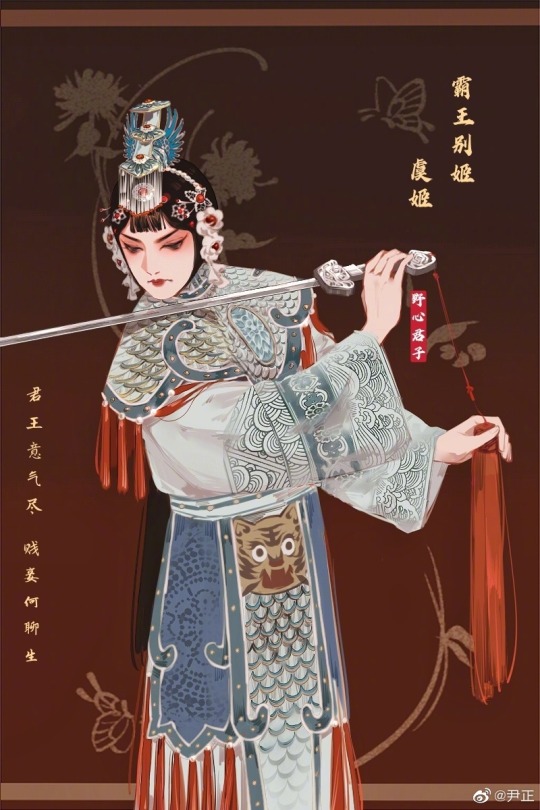
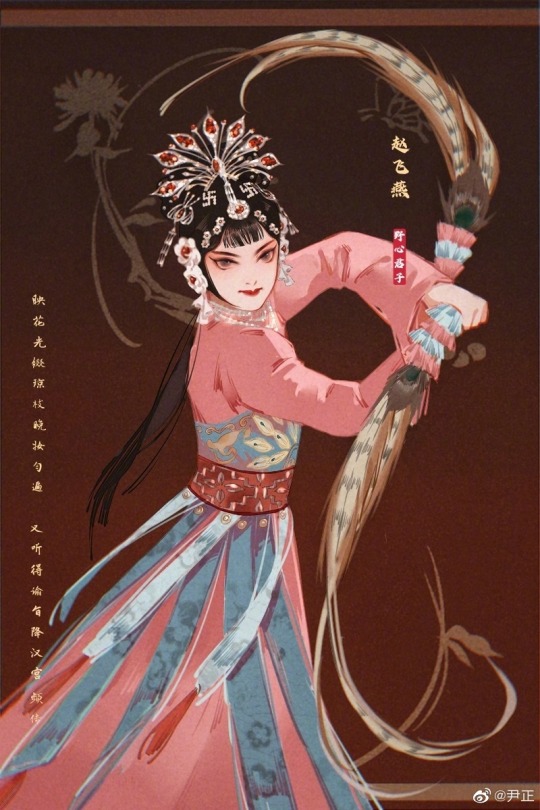
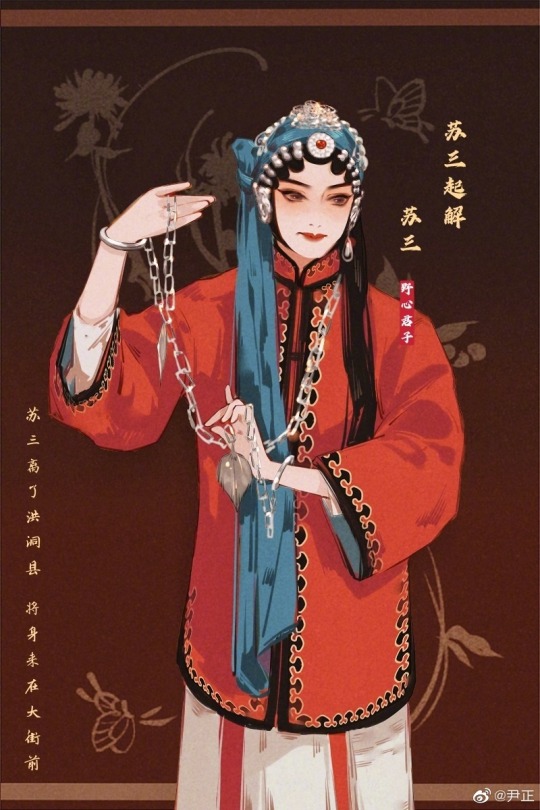
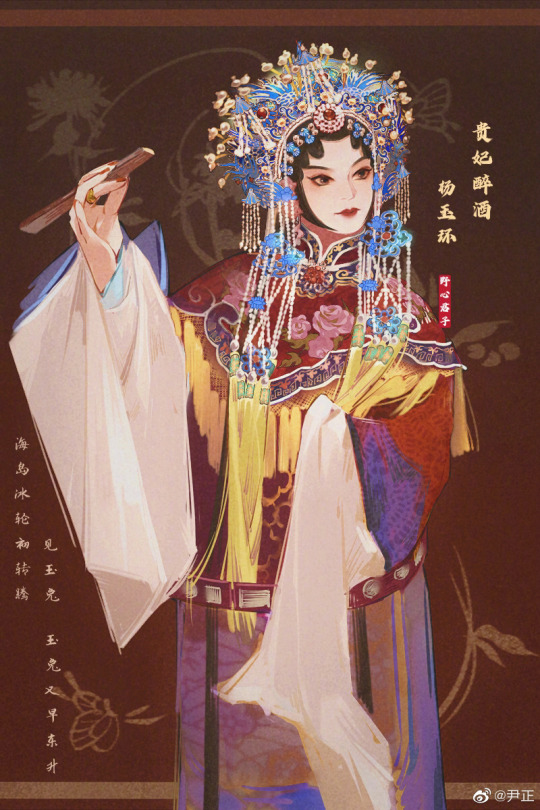
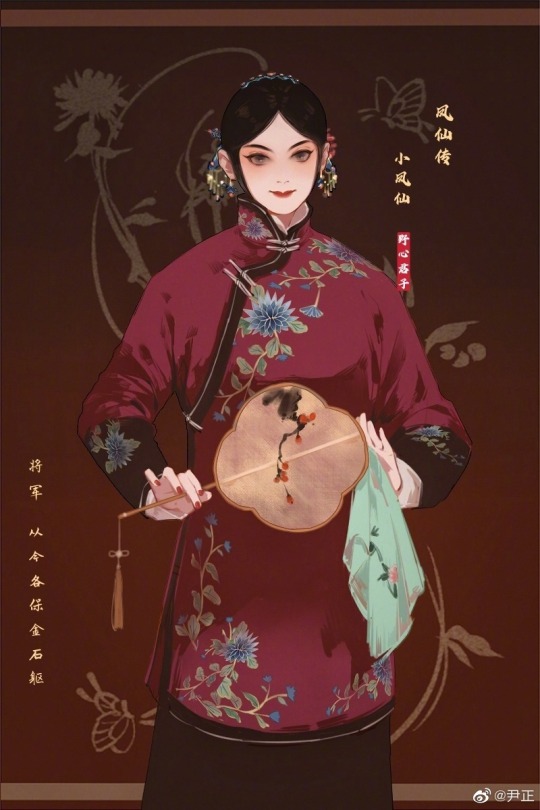

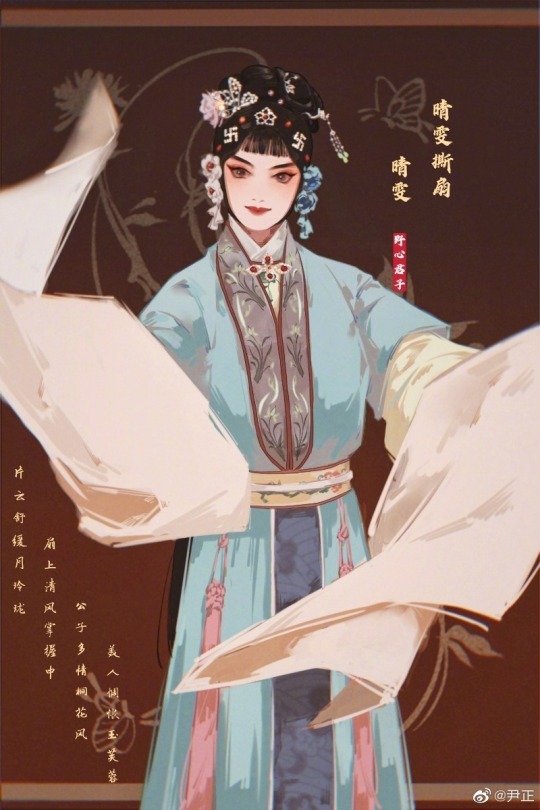

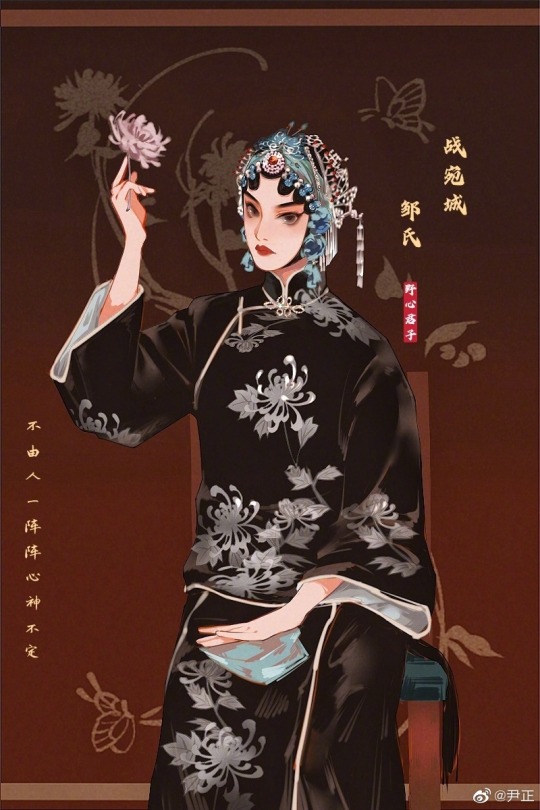
Yin Zheng’s weibo update to celebrate the 2-year anniversary of Winter Begonia on March 20, 2022 (x)
703 notes
·
View notes
Photo
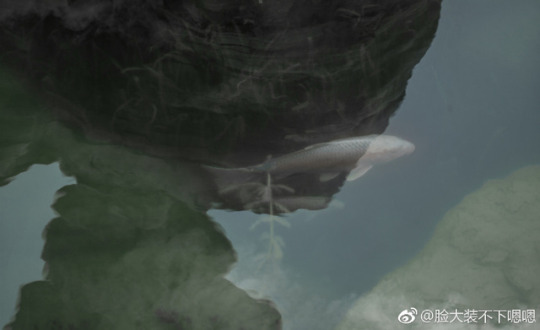
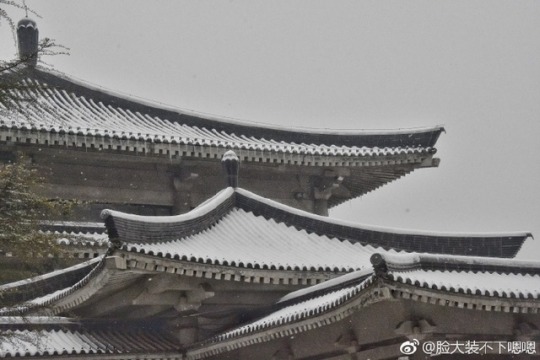
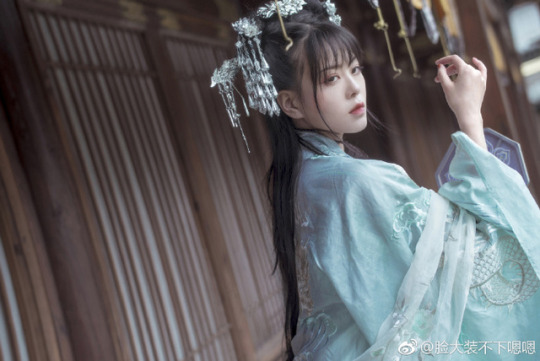
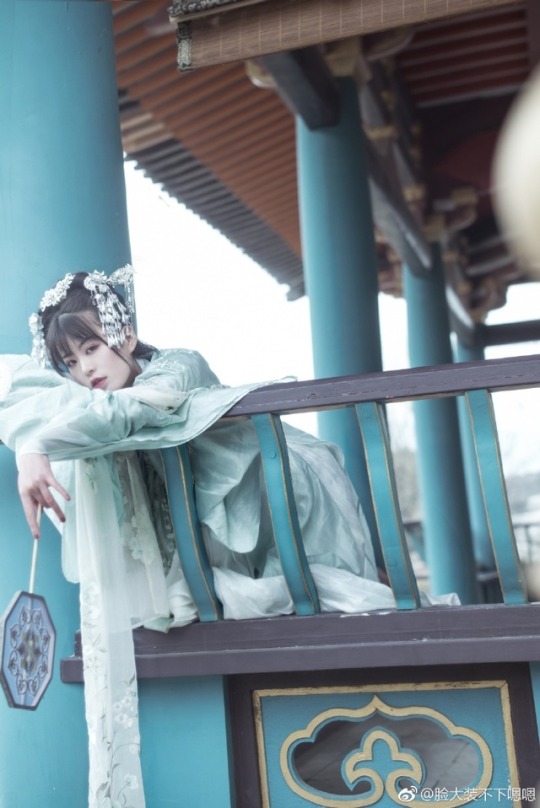
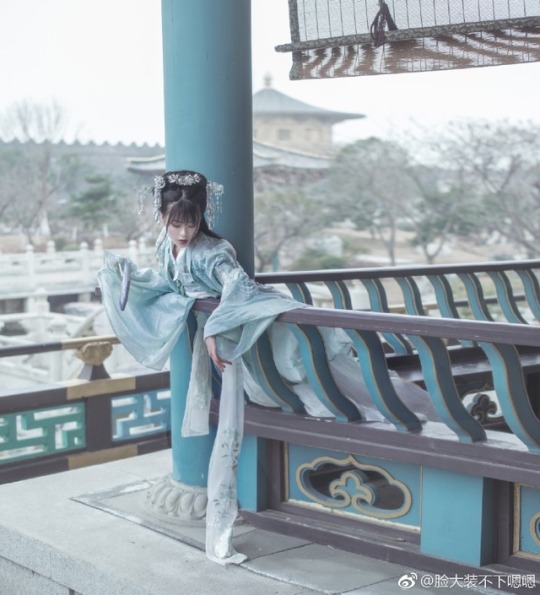
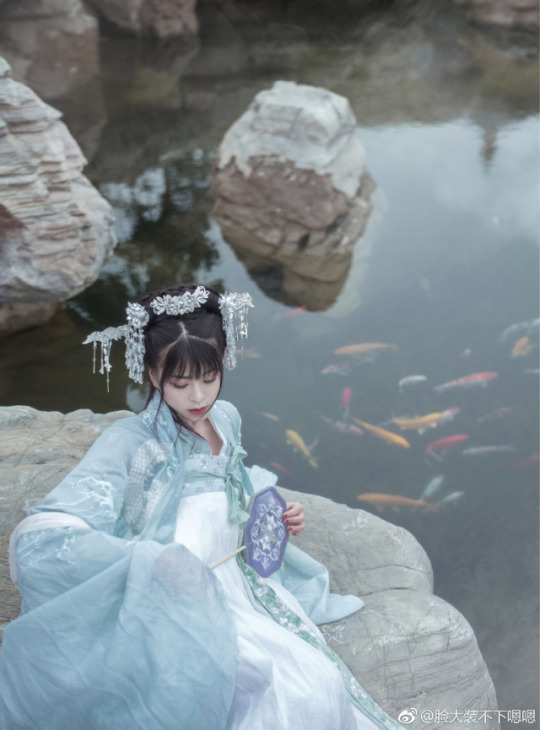
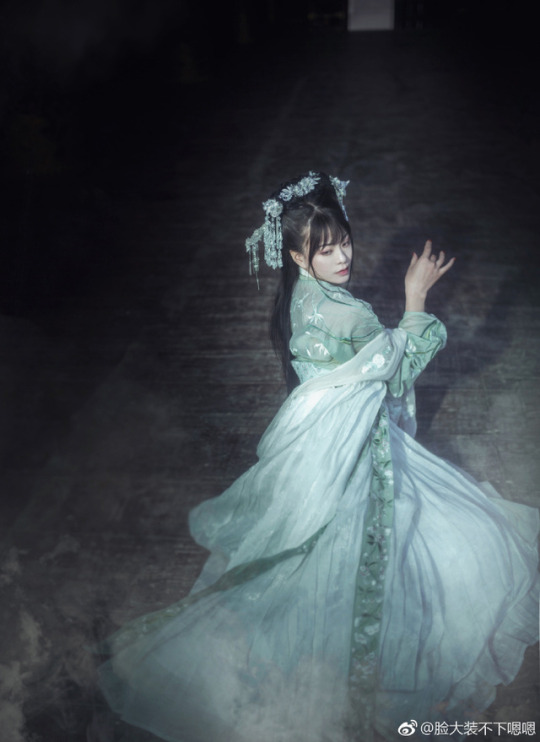
伫倚危楼风细细。望极春愁,黯黯生天际。草色烟光残照里。无言谁会凭阑意。拟把疏狂图一醉。对酒当歌,强乐还无味。衣带渐宽终不悔。为伊消得人憔悴。
@脸大装不下嗯嗯
104 notes
·
View notes
Photo
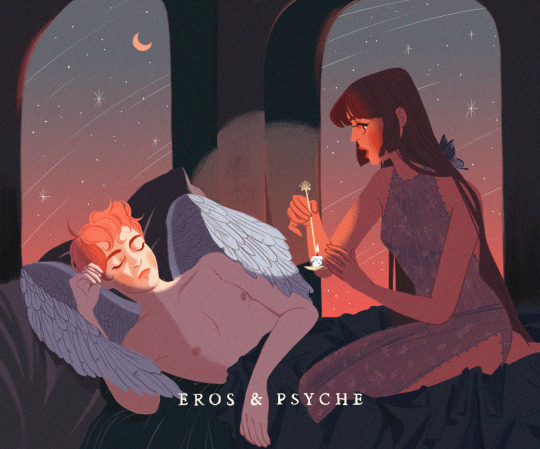



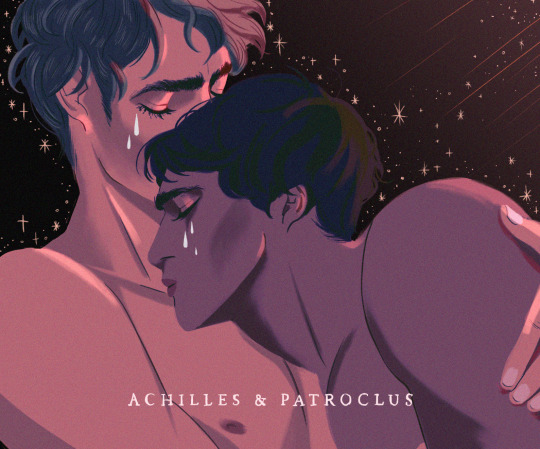
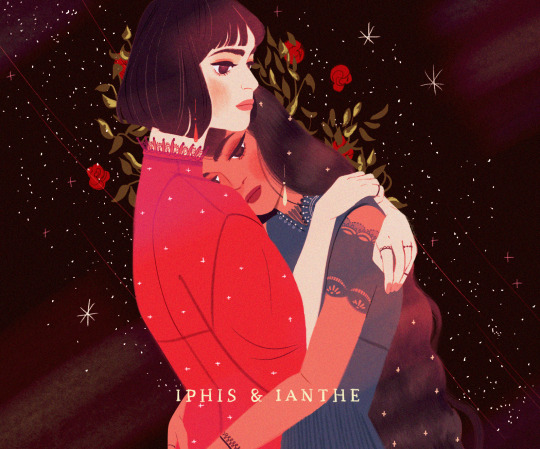
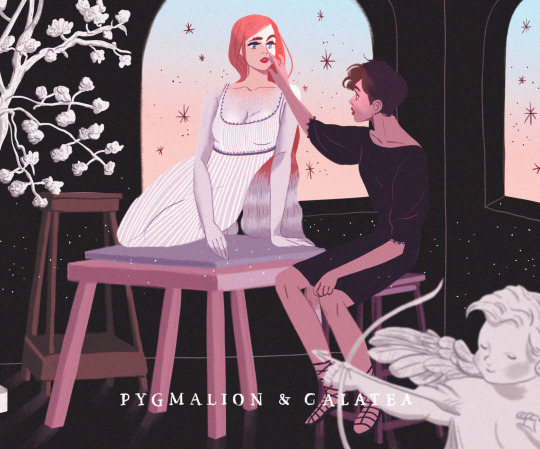
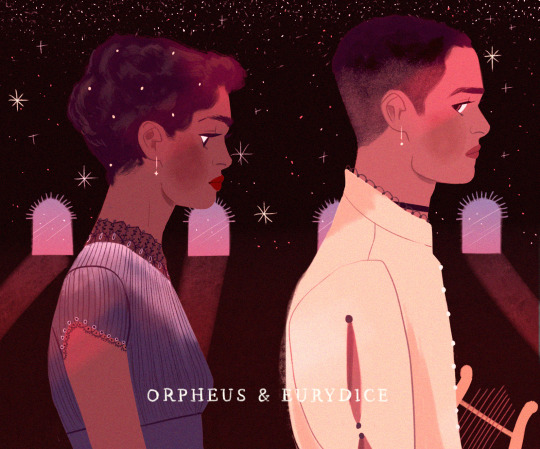
Greek Mythology | The Lovers Part 1 & 2
prints!!
i’m actually proud of these!! so far i’ve done greek mythology goddesses and lovers… i want to continue this series so let me know if you have any suggestions of what to do next!
89K notes
·
View notes









































